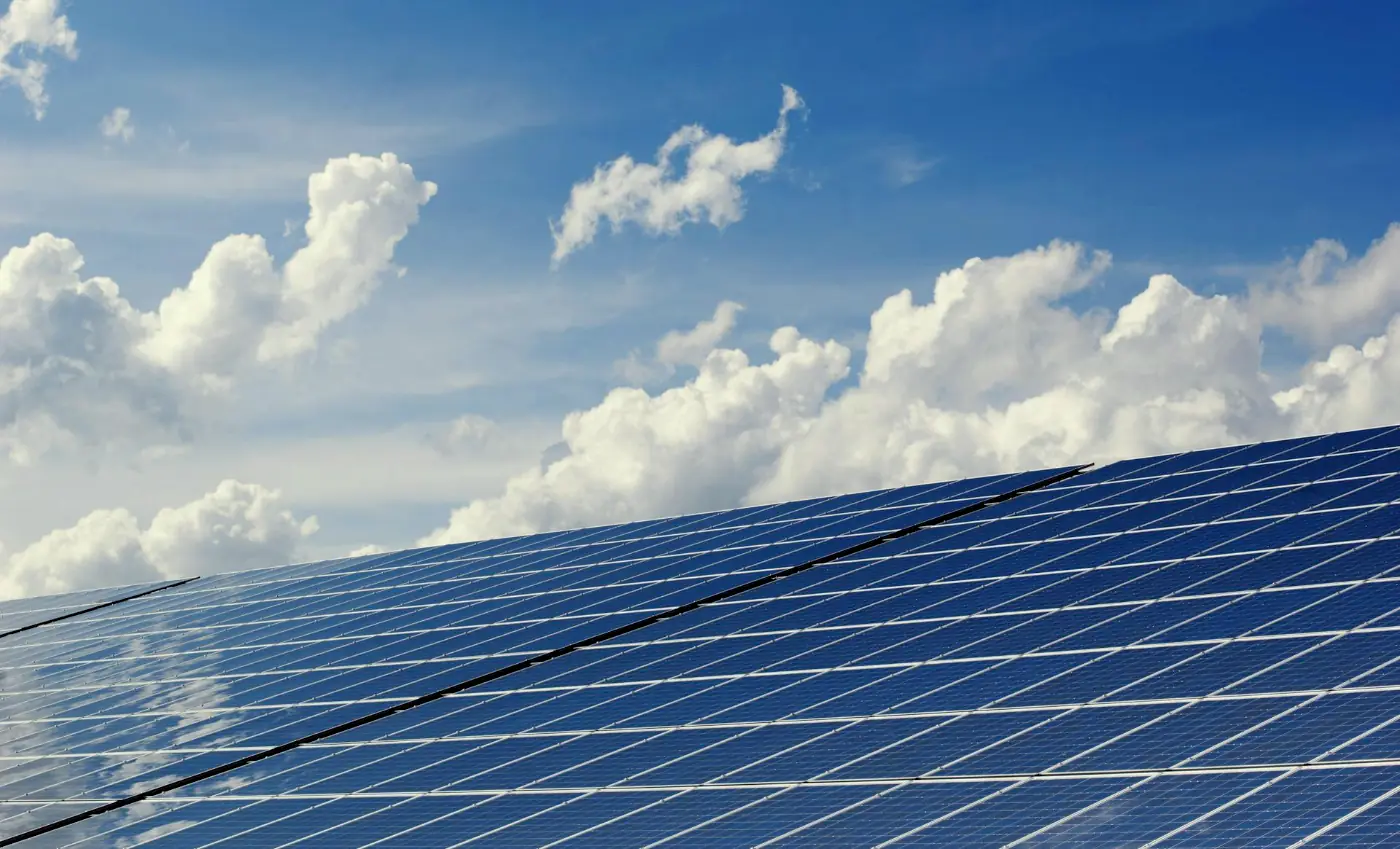

Energy Efficiency & Optimization


Energy Industry
This month, the Canadian government turned up the volume on its pitch to supply Europe with liquefied natural gas (LNG) and critical minerals, promising major investments in export infrastructure and tighter trade ties with Germany. In Berlin, Prime Minister Mark Carney and Energy Minister Tim Hodgson described a future in which Canadian gas keeps German industry running through the energy transition, with first shipments leaving new ports within five to seven years.
The stakes are real: billions in public and private investment, Canada’s export strategy, and the risk that entire industries could be left holding stranded infrastructure just as the world pivots away from fossil fuels.
According to analysts interviewed by The Energy Mix and Clean Energy Wire (The Energy Mix), the European Union’s gas demand is falling, not rising. After a seventeen percent drop between 2021 and 2024, projections show another significant decline by 2030 as the continent ramps up electrification and renewable energy deployment. The few East Coast Canadian LNG proposals that once drew attention have stalled out or faded away, and not a single project is in the investment or construction phase. Even if new export terminals could be built in record time, the market for their product is evaporating as fast as Canada can lay steel.
Germany’s own government officials and energy analysts have stated plainly: long-term gas imports are on their way out. The demand curve has already bent, driven by climate policy and hard economics. A glut of global LNG supply is now looming on the horizon, raising the odds that new export projects could end up as stranded assets, by which large-scale infrastructure is built for a market that may no longer exist by the time they’re online.
A look at the numbers should give pause to anyone weighing new investments. As of early 2025, LNG Canada remains the country’s only export terminal nearing completion, with plans to ship 14 million metric tonnes annually. Other proposed projects like Cedar LNG and Woodfibre LNG are still years from operation and face fundamental market uncertainty (Government of Canada). Yet, despite the mounting evidence, Canadian leaders continue to double down on talk of energy security and “delivering for our allies” even as the market signals move in the opposite direction.
This disconnect isn’t only theoretical. Recent analysis from IISD and Environmental Defence finds that up to 66 percent of future capital in Canadian oil and gas projects could be stranded under a 1.5 °C aligned transition. Even under today’s policies, 39 percent of investments risk seeing deflated returns as global demand weakens. For businesses, utilities, and anyone tasked with real investment decisions it becomes clear that building on yesterday’s assumptions can lead directly to financial loss. We see every week in our work that those who succeed are the ones who prioritize real market data, scenario planning, and rigorous risk management instead of optimistic forecasts or political talking points.
The minerals story runs in parallel. Canada and Germany signed new agreements on critical mineral supply chains, promising to develop value-added projects “in time to meet the market window.” But most agreements are preliminary and several years away from production, if they materialize at all. While the opportunity is real, it requires more than a headline and a handshake. This will demand rigorous analysis, transparent impacts, and viable project development.
Canada has genuine assets to bring to global markets, but credible leadership means facing facts with discipline, rather than repeating the talking points of the last energy cycle. As The Energy Mix and Clean Energy Wire’s joint investigation makes clear, the landscape is shifting faster than many policymakers are prepared to admit.
Before betting on any new long-term export play, business leaders should be demanding stress-tested scenarios, independent market analysis, and clarity on who bears the risk if global demand does not materialize. The businesses and communities that will thrive in this new reality are those that insist on honest signals, adapt to changing trends, and build on a foundation of data, not wishful thinking. Planning for disruption, volatility, and real transition is the only real security Canada can count on.
Status:
OG Link:
Notes: